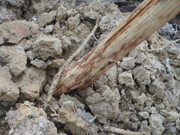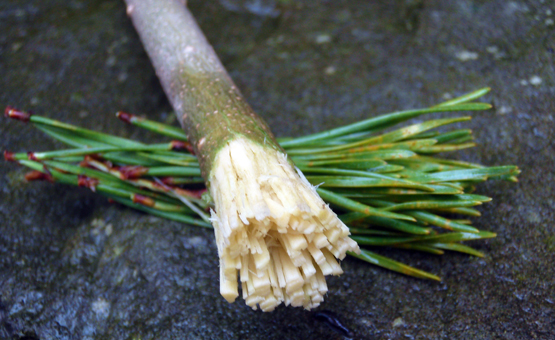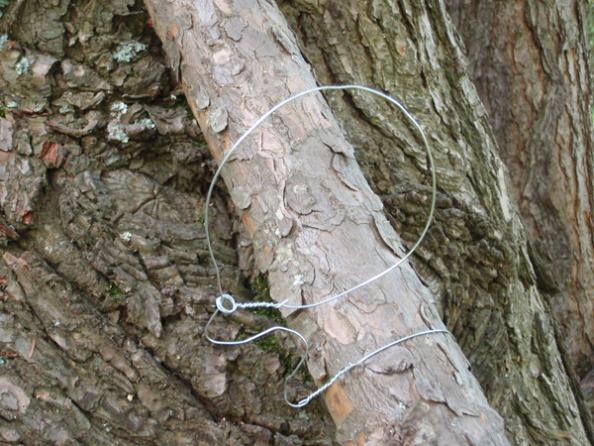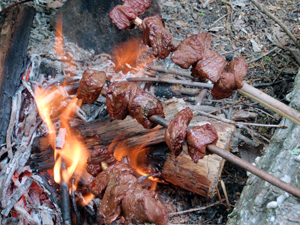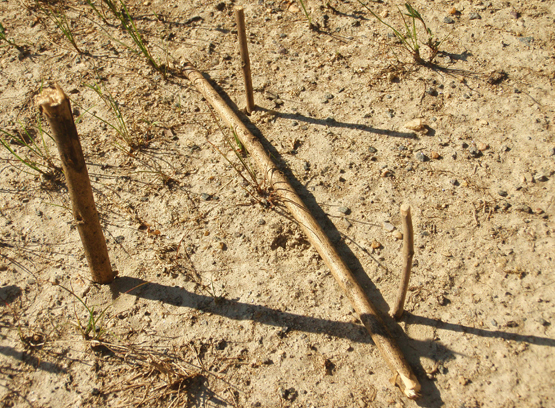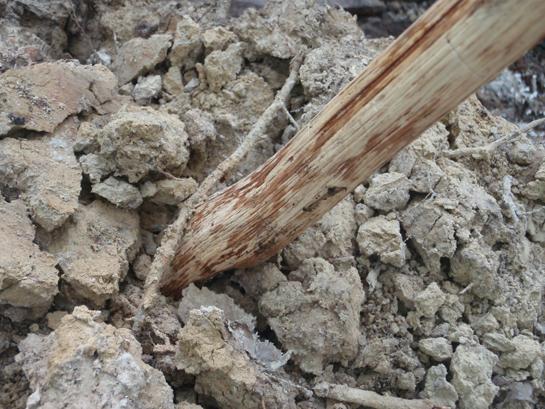
So what happens when you need to dig, but you don’t have a shovel, spade or pick?
You can do what people have done for thousands of years. You can make a digging stick.
Making these sticks certainly isn’t rocket science, but some ways are better than others. First, you’ll usually want to go with hardwood, as it’s the most durable type of wood. Oak, hickory, elm, maple, osage and locust are all great choices.
The typical digging stick is two to three feet long, and one to two inches in diameter with a flat head point. You’ll also want the hardwood stick to be skinnier if you’ll be digging in rocky soil. This allows the stick to weasel its way between little stones and pebbles in the soil.
Another direction you can go with digging sticks is to use brash wood, which breaks to a natural point. Tulip poplar is the king of brash wood. It breaks into chisel-shaped points which are good for digging in soft ground. But don’t forget the old adage: “easy to make, easy to break.” Tulip poplar will break when used in hard-packed or stony dirt.
A digging stick is primarily used for loosening up soils, which can then be scooped out of the way with a flat rock, a basket, or even your hands. So if you ever get caught without a digging tool, you can make your fire pit, dig your latrine, harvest roots and perform a wide range of survival tasks with this simple and ancient tool: the digging stick.
Let us know how you have dug holes without modern tools in the comment section below!
